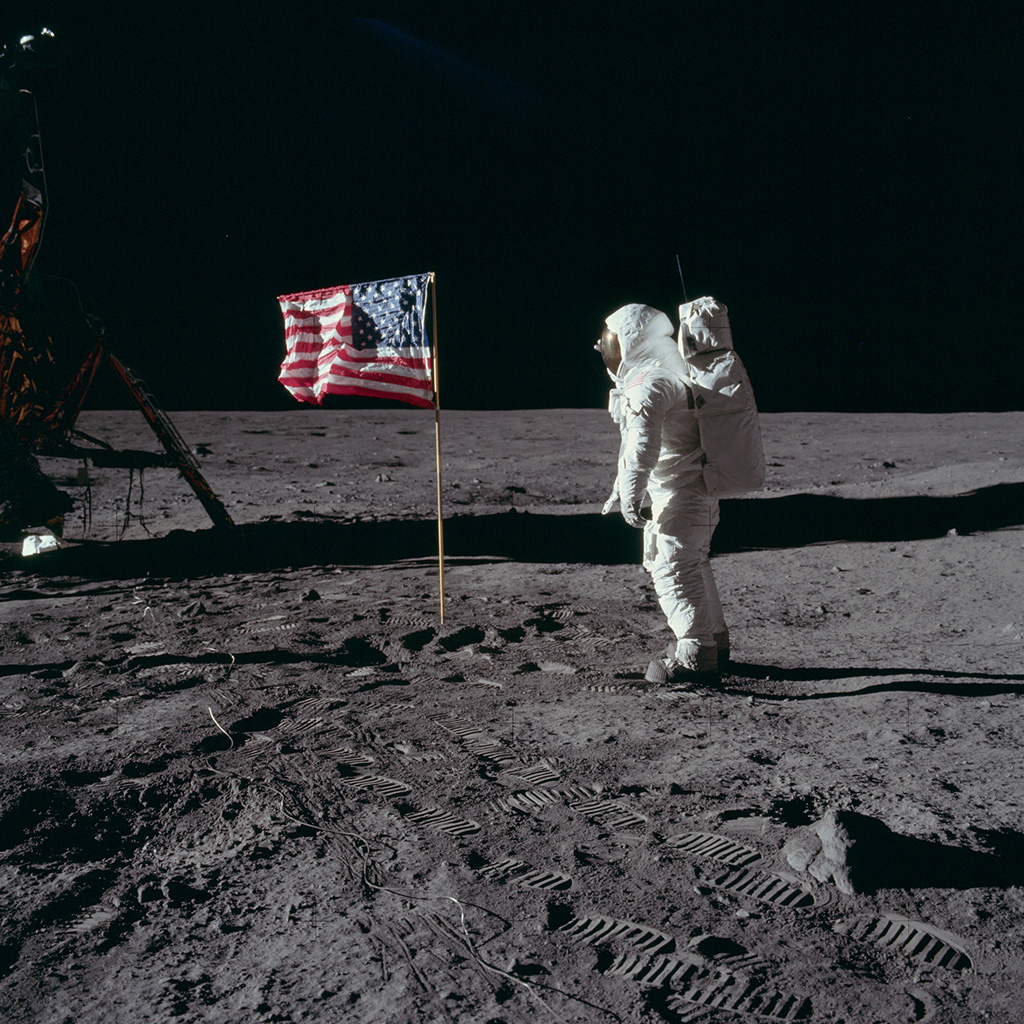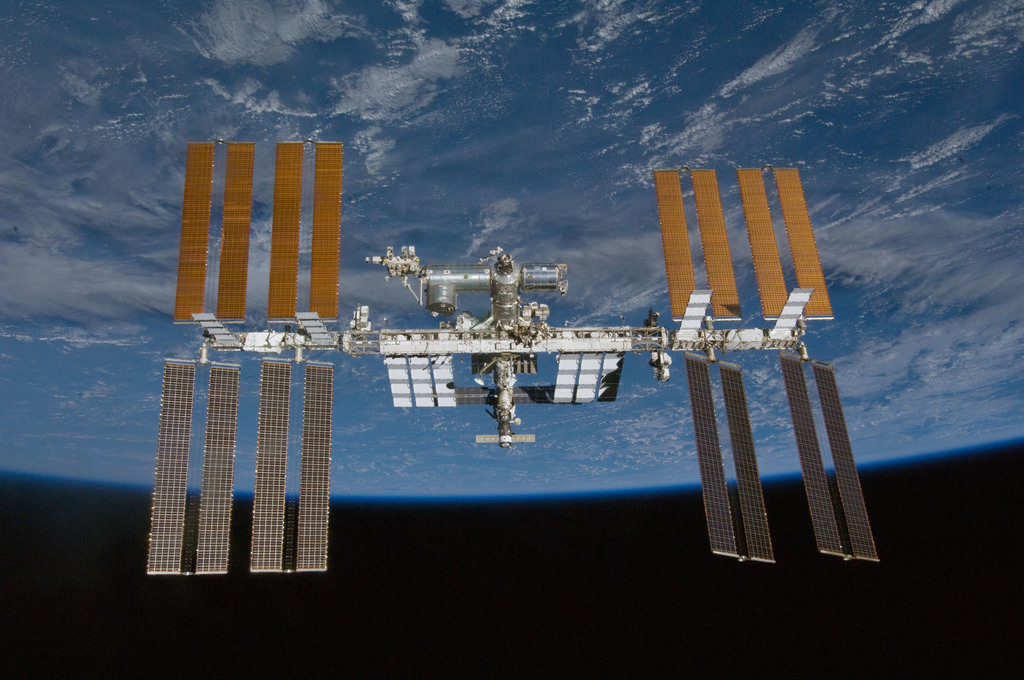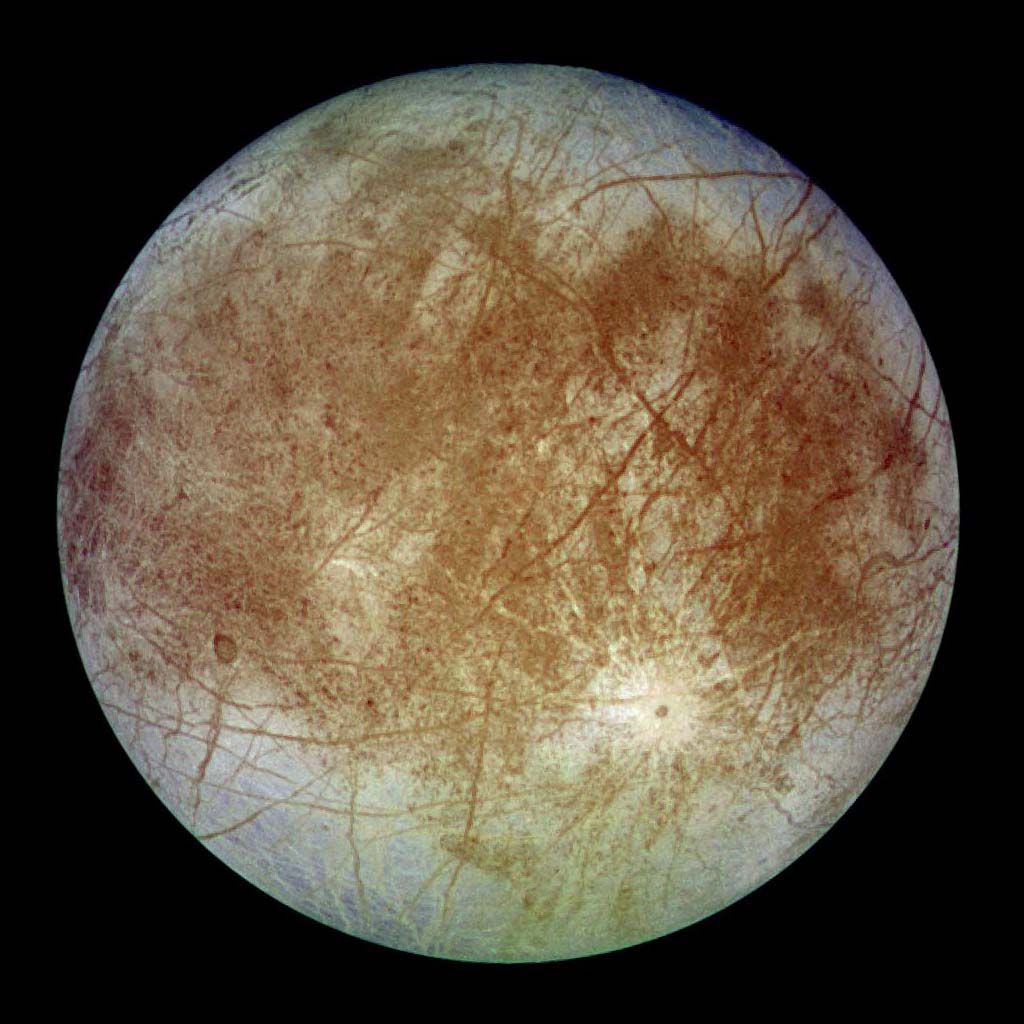Exploring Space
On 4th October 1957, a beeping sphere called Sputnik 1 rocketed into orbit of Earth, becoming the world’s first spacecraft. This groundbreaking Soviet mission marked the dawn of humanity’s exploration of space. Before this, the only way to explore objects in space was through astronomy, observing and studying them from Earth. Sputnik 1’s venture into the heavens set the stage for a new era of exploration, one where spacecraft could visit these distance worlds. Since then, every planet in the Solar System has been visited by robotic spacecraft and humans have constructed space stations in Earth’s orbit and walked on the Moon.

The launch of Sputnik 1 in 1957 triggered the start of the Space Race. It was a time of heightened tensions between the Soviet Union and the United States, the world’s superpowers. Each country was eager to showcase its technological might and space was the ideal arena for this.
The Soviet Union led the way with a series of historic firsts: launching the first animal, man, and woman into space, and carrying out the first spacewalk. It also sent first uncrewed spacecraft to the Moon’s surface and captured the first images of its far side. Not to be outdone, the United States established NASA and became the first country to launch successful robotic missions to Venus and Mars. The ultimate goal of this cosmic competition was to put humans on the Moon, something that the USA achieved on 20th July 1969 when Neil Armstrong and Buzz Aldrin landed there and took their historic steps and leaps on the lunar surface.

The majority of space explorers are not human. Instead, they are uncrewed robotic spacecraft capable of enduring extreme environments and lasting for years, even decades. These missions vary greatly in their design and purpose:
Flyby spacecraft whisk past planets and send back snapshots and data from distance worlds. Voyager 2 is perhaps the most well known example as it flew by all of the outer planets in one mission, taking in breathtaking views of Jupiter, Saturn, Uranus and Neptune.
Orbiters circle moons and planets to map their surfaces and reveal their secrets from a safe distance.
Landers and Rovers plop themselves on the surfaces of planets and moons, take in the sights, probe rocks, dig up soil, report the weather, and go on scenic drives.
Sample Return Missions visit moons, comets and asteroids, pick up some of their materials and return them to Earth for analysis.
Atmospheric Probes dive through the skies of other worlds and send back data about their weather and air conditions.
Impactors intentionally collide with celestial bodies, uncovering sub-surface secrets or making a dramatic end to a mission.
Space Telescopes observe objects in space while in Earth orbit, removing restrictions such as light pollution and atmospheric haze. Examples include the Hubble Space Telescope and James Webb Telescope.
Communications and Navigation Satellites orbit planets to relay data into space and back. There are thousands orbiting Earth which provide services like global phone calls, international television broadcasts and satellite navigation. If you use an app on your smartphone that shows you where you are, such as Google Maps, that means you phone is communicating with a satellite in space and the satellite has pinpointed your location!

12th April 1961, just four years after Sputnik’s launch, the Soviet cosmonaut Yuri Gagarin orbited Earth on Vostok 1. Since then, humans have had a growing presence in space. The Apollo missions brought people to the moon between 1969 and 1972, the Space Shuttle routinely ferried astronauts into Earth orbit between 1981 to 2011, and the International Space Station has been continually occupied since the year 2000.
If you have the money, you can even become a space tourist! Companies such as SpaceX, Blue Origin, Virgin Galactic and Russia’s space agency, Roscosmos, have launched trips into space for those willing to pay. The cost is astronomical, but so is the trip!

So much has been achieved since Sputnik 1’s pioneering voyage, but space holds so many mysteries and wonders, and there is a vast amount of exploring still to do. Human curiosity and ambition, coupled with ever-improving technology and increased global cooperation, means that space exploration will continue to push the boundaries of understanding and expand humankind’s reach into the cosmos for generations to come.
Future plans include further robotic missions to distance moons like Europa and Titan. NASA’s Europa Clipper mission, set to launch in 2024, aims to see what might be hiding in Europa’s ice-covered oceans when it gets there in 2030. At Titan, a moon of Saturn, a helicopter called Dragonfly will explore its skies around 2034. Humans are also preparing to revisit the Moon, with NASA’s Artemis program targeting a lunar landing by the end of 2026, and China aiming for a similar feat by 2030.
And beyond that, Mars beckons as the next giant leap for humankind…





